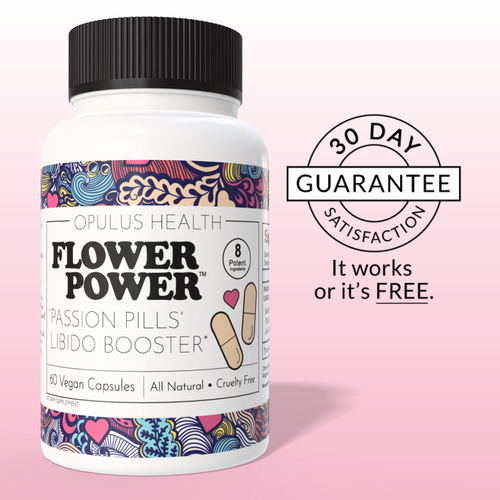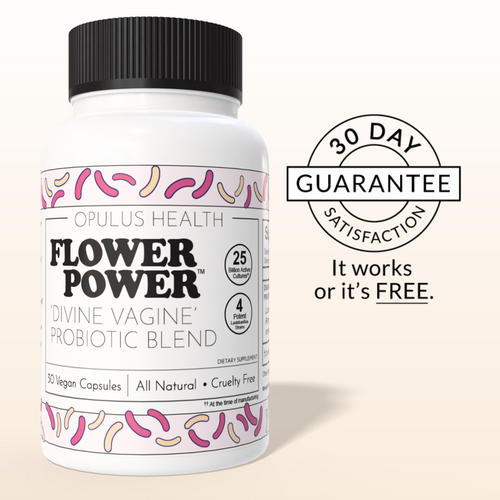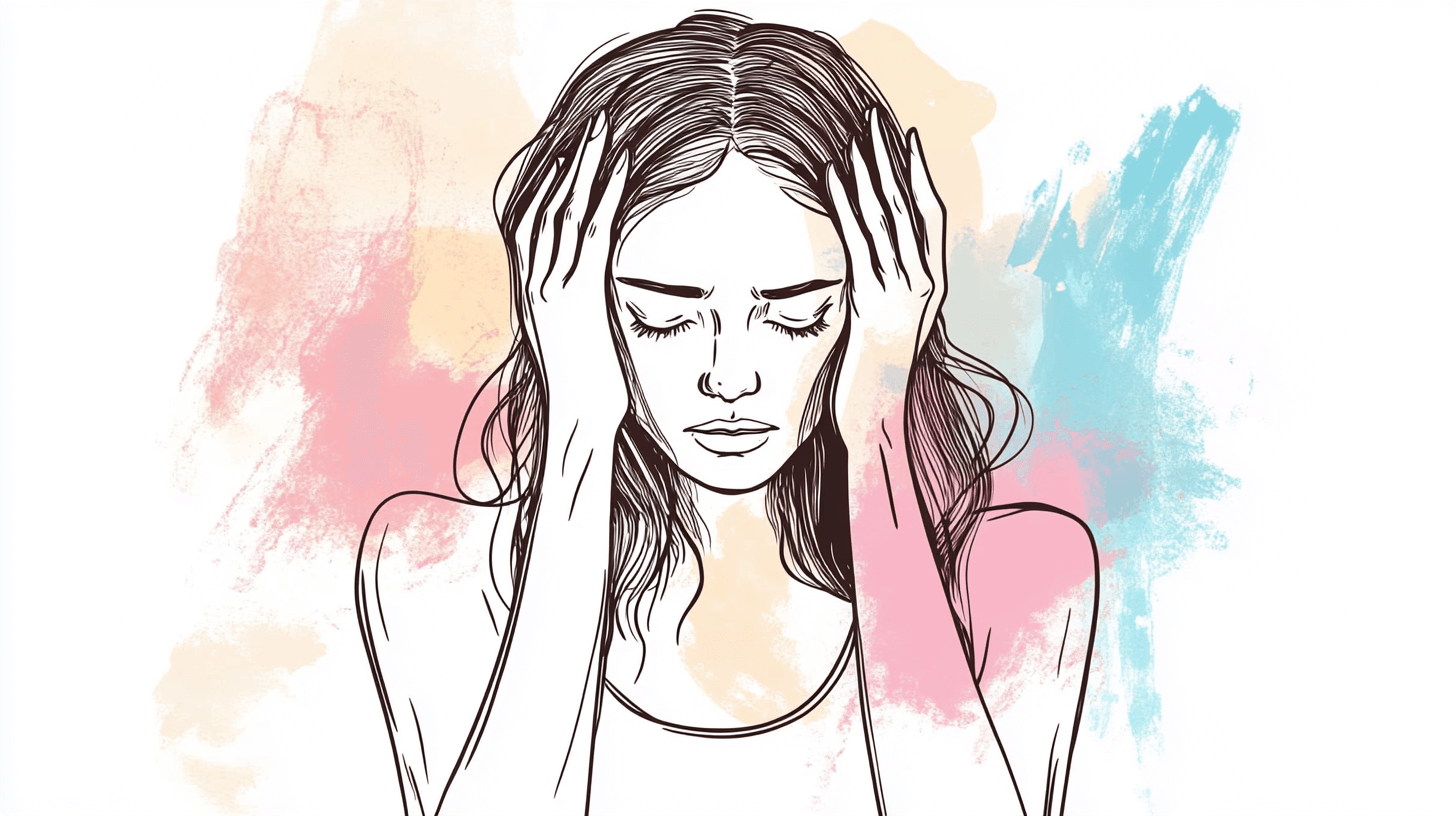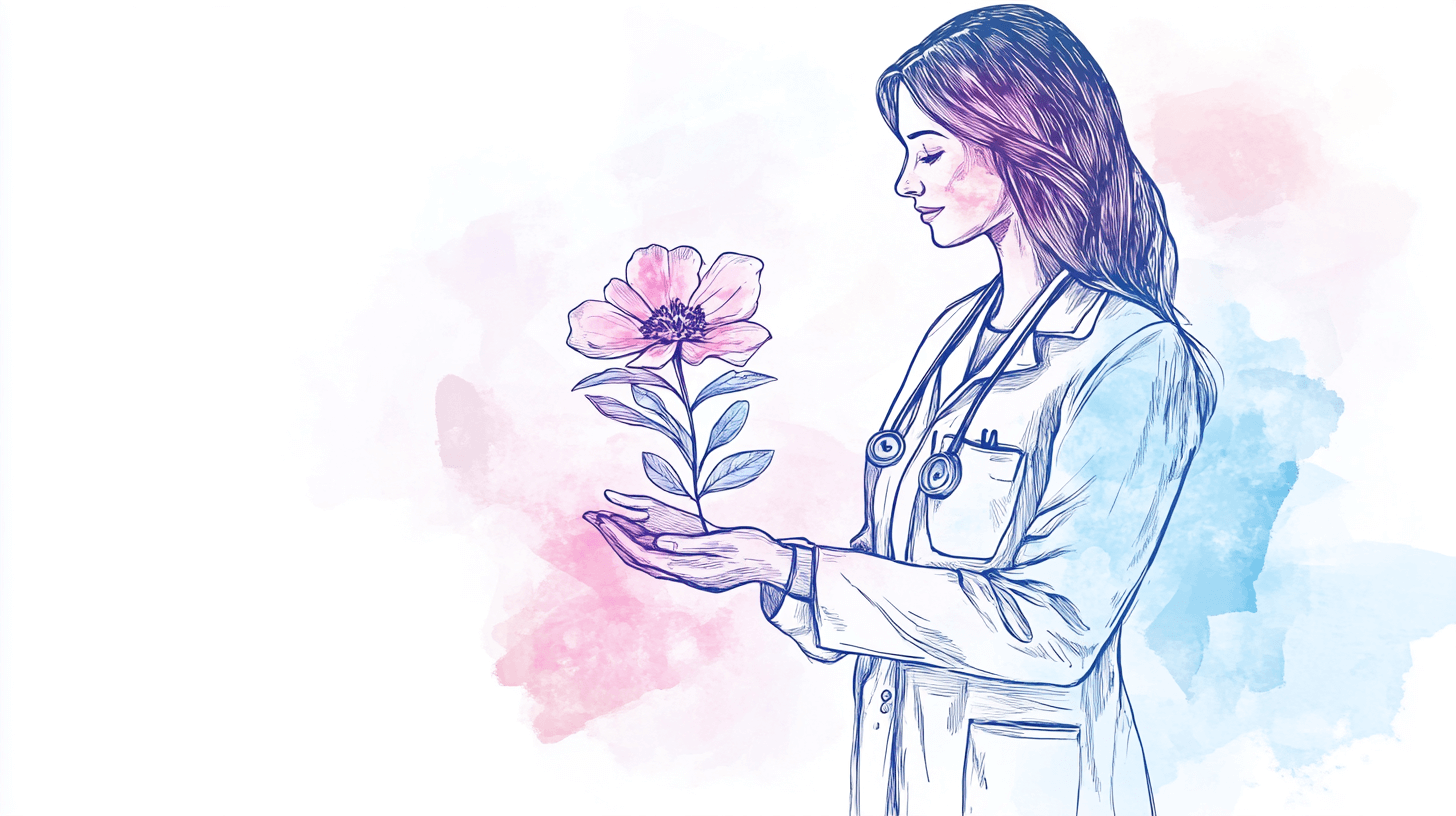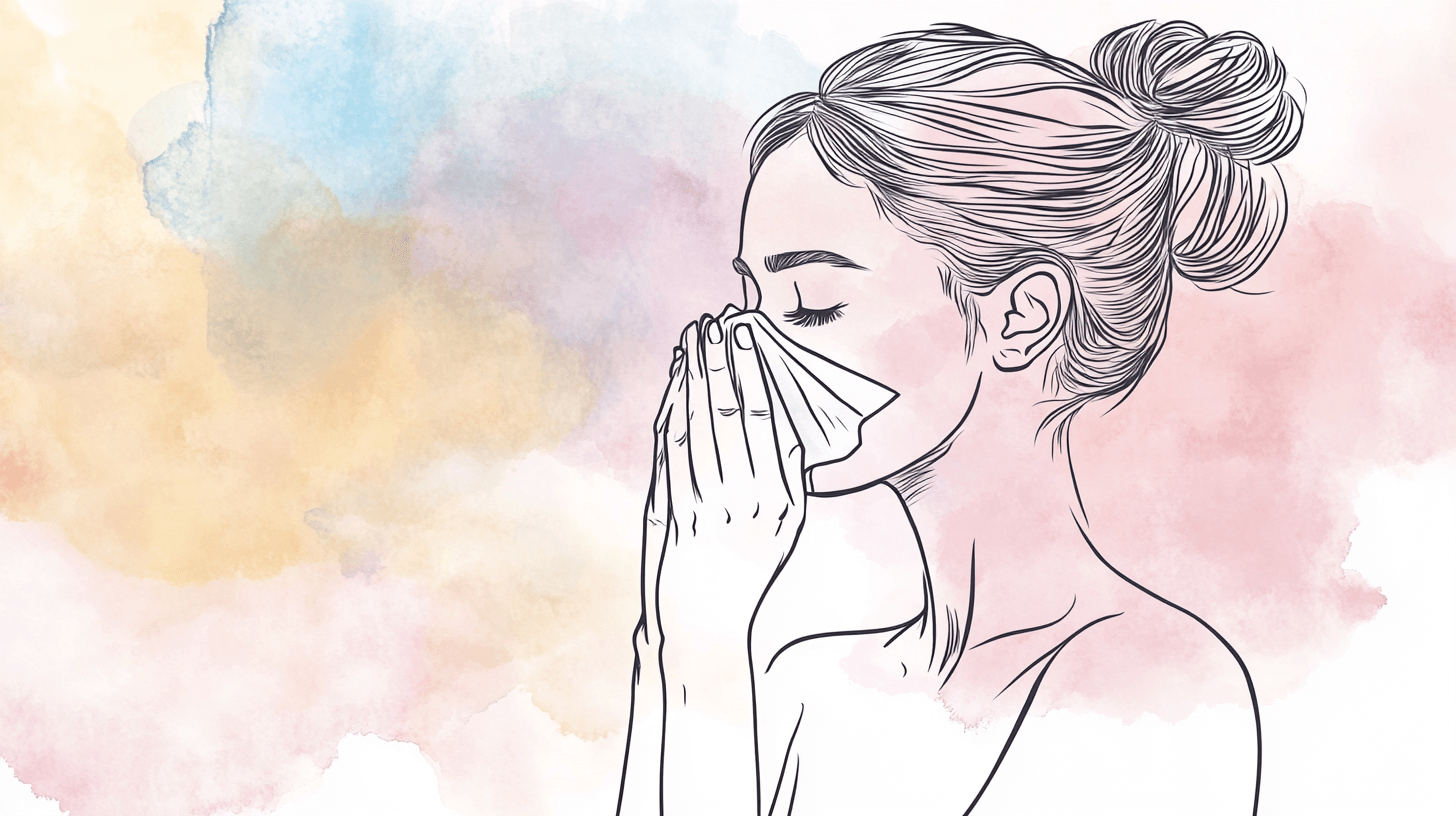A yeast infection is a common and uncomfortable condition that affects many women. It occurs due to an overgrowth of yeast in the vaginal area, leading to itching, burning, and pain during urination. The infection often happens when there’s an imbalance in the vagina’s natural acidity.
To treat yeast infections, specific medications from your gynecologist are required. It's important to find out what kind of yeast is causing the problem so that you can receive the correct treatment. If symptoms persist during treatment, it’s important to consult with your doctor for further evaluation.
Yeast Infection Symptoms
Yeast infection symptoms can range from mild to severe. While mild cases may not show pronounced symptoms, they can still be treated with home remedies. Severe cases often show the following symptoms:
1) Vaginal Itching
Vaginal itching is common with yeast infections and is often accompanied by a burning sensation. Other symptoms include swelling, irritation, and even blisters.
2) Watery Vaginal Discharge
A white, watery discharge is another sign of a yeast infection. It may have a foul smell and appear as a thin coating in the vaginal area.
3) Redness
Redness around the vaginal opening is also a symptom of infection. This is caused by a pH imbalance in the vaginal environment.
4) Burning Sensation
A burning feeling during urination or sexual intercourse is another sign of a yeast infection that requires medical attention.
Causes of Yeast Infections
Two key microorganisms help keep the vagina healthy: Lactobacillus bacteria and Candida fungus. Lactobacillus keeps the growth of Candida in check. However, when this balance is disrupted, Candida overgrowth can result in a yeast infection.
The most common cause of yeast infections is Candida albicans, which can be triggered by various factors:
- Poor Hygiene: Not washing genital areas properly can increase the risk of infections.
- Hormonal Changes: Pregnancy and menopause can lead to hormonal imbalances, increasing the likelihood of yeast infections.
- Antibiotics: Certain antibiotics kill good bacteria, leading to Candida overgrowth.
- Diabetes: High blood sugar levels can weaken the immune system, leading to recurrent infections.
- Other Health Conditions: Conditions like HIV/AIDS or kidney problems can increase susceptibility to yeast infections.
Yeast Infection Treatment
If you have a yeast infection, your doctor may recommend antifungal medications in the form of creams, tablets, or suppositories. Some common over-the-counter treatments include:
- Clotrimazole (Trivagizole, Lotrimin-AF, Mycelex)
- Miconazole (Monistat)
- Vagistat-1 (Tioconazole)
Prescription treatments include:
- Butoconazole (Gynazole-1)
- Terconazole (Terazol 3 & 7)
For severe infections, your doctor may prescribe oral medications like Fluconazole (Diflucan) or the newer Ibrexafungerp (Brexafemme).
Boric Acid for Yeast Infections
Boric acid has been used for years to treat yeast infections. It's effective when applied topically, but it must be used correctly to avoid serious side effects like nausea, dizziness, or vomiting. Pregnant women should avoid using boric acid.
Important Precautions:
- Pregnancy: Do not use boric acid if you are pregnant, as it can affect fetal development.
- Storage: Keep boric acid away from children and pets to prevent accidental ingestion.
- Proper Usage: Dilute boric acid before application and avoid using it on sensitive or broken skin.
Home Remedies for Yeast Infections
Some home remedies can help manage yeast infections. However, if symptoms persist, it's important to seek medical attention.
Greek Yogurt
Greek yogurt contains probiotics like Lactobacillus acidophilus, which can help restore the natural balance of bacteria in the vagina.
Coconut Oil
Coconut oil has antifungal properties and can be applied topically to relieve symptoms.
Apple Cider Vinegar
Apple cider vinegar has been used to help balance pH levels and can be used as part of a bath to reduce yeast infections.
Frequently Asked Questions
What Is the Fastest Way to Get Rid of a Yeast Infection?
The fastest way to treat a yeast infection is through prescribed medication such as Fluconazole or over-the-counter options like Monistat. Follow your doctor's recommendations for treatment.
Can Yeast Infections Go Away on Their Own?
In rare cases, a yeast infection may go away without treatment. However, it’s recommended to seek treatment to avoid the infection worsening or recurring.
What Is the Most Common Treatment for Yeast Infections?
Antifungal medications are the most common treatments for yeast infections. They come in the form of creams, suppositories, and oral pills.
What Causes Yeast Infections?
Yeast infections are primarily caused by an overgrowth of Candida fungi in the vagina, often triggered by a hormonal imbalance, poor hygiene, or antibiotic use.


